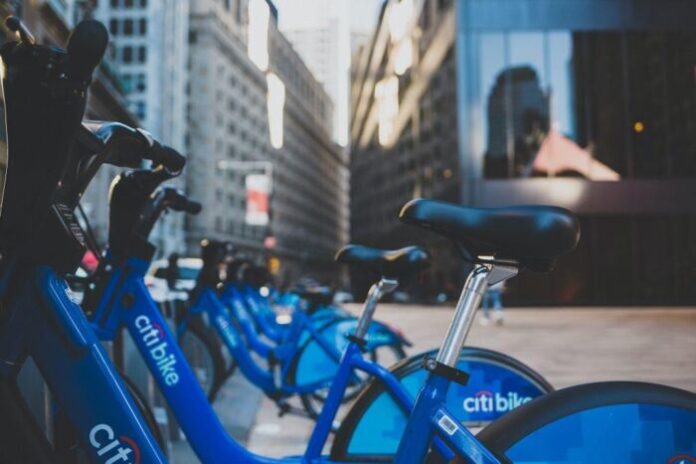
Sustainable mobility improves in big cities like Milan and Naples but not in Rome. The tendency to move with a lower impact on the environment is growing, using alternative means such as electric bikes and scooters or public transport, but there is still much to do as the Covid-19 pandemic has had an important impact on the movements of Italians .
The Legambiente report, built in collaboration with Motus-E on zero-emission mobility, has photographed the changes taking place in our provincial capitals, through indicators that highlight the forms of mobility that do not produce pollution.
“In five major Italian cities – Milan, Naples, Venice, Bologna, Turin and Florence – more than a third of journeys – between 34 and 58% – it takes place on foot, by bike, tram or electric bus, by train , on the subway or by electric means, from the scooter to the car, private or shared. A patrol of medium-sized cities – Ferrara, Bolzano, Padua, Trento, Bergamo, Ravenna, Pesaro and Brescia – then demonstrates, with interesting numbers, how the transition to a future without pollution and car traffic is possible “, explains the environmental association.
The data show that the mobility of people in the city is changing, with an increasing propensity to choose “zero emissions” mode. In April, the understandable fear of promiscuity on public transport led many people to use the car, some the bicycle, but only in larger cities; in the new post-covid normality19, the policies adopted by the Municipalities and the government will be decisive.
“With the autumn reopening of offices and schools – declares Edoardo Zanchini, vice president of Legambiente – we must avoid the increase in congestion and smog, for this reason it is essential to strengthen cycle and intermodal movements in Italian cities. In other words, the best combination of local public transport and the various forms of sharing, safe movements by bicycle, scooters and on foot. It is a recipe that is good for cities, the environment and that helps citizens “.
The data in detail show how Milan is, among the largest cities, the best with regard to sustainable mobility, in the mix of indicators identified. 53% of accessibility stands out, which takes into account public transport, sharing mobility services. Sustainable journeys go over 50% (precisely 58%), then take place in a sustainable way. Bologna also has an encouraging approach, especially on the use of “green” means for city movements (43%), while the accessibility figure is still stuck at 27%.
Naples proves to be a “green” city in terms of travel, reaching 50% of zero-impact travel. Not bad, then, not even the 35% registered on accessibility. Among the metropolises, the most disappointing performance, according to the Legambiente report, is that of Rome, 30% for accessibility services and only 16% for electric travel, by bike or on foot. Finally, one of the most negative aspects of the research is the impossibility of calculating the parameters for numerous cities, especially in the province. From North to South, without big distinctions in this case.
Some cities are already firmly aiming for the electrification of vehicles by 2030: the TPL in Milan will be all electric for that year, in the center of Bologna only electric vehicles, public or private, will be allowed. Turin has launched in pursuit. Throughout Italy, during 2019 electric cars and electric vehicles (mopeds) went from 36 to 61 thousand, mainly registered in the capital cities. Public charging points have doubled (in March 2020 compared to January 2019), today 13 thousand. E-bikes and “electric personal transporters” (such as scooters) in circulation in the country are now well over a million (unfortunately, since they are not registered, we do not have city data).
“The MEZ, zero emissions mobility – explains Andrea Poggio, Legambiente’s mobility manager – is not only nor much electric car, but travel and travel that make use of many means and services of sustainable mobility: feet, bikes, electric micro mobility, electric car , shared or owned, electric buses, trams, trains, metro, elevators, escalators, cable cars, racks. The most useful, comfortable, efficient, economic means or service available: provided with low or zero emissions (pollutants and CO2) “.



































